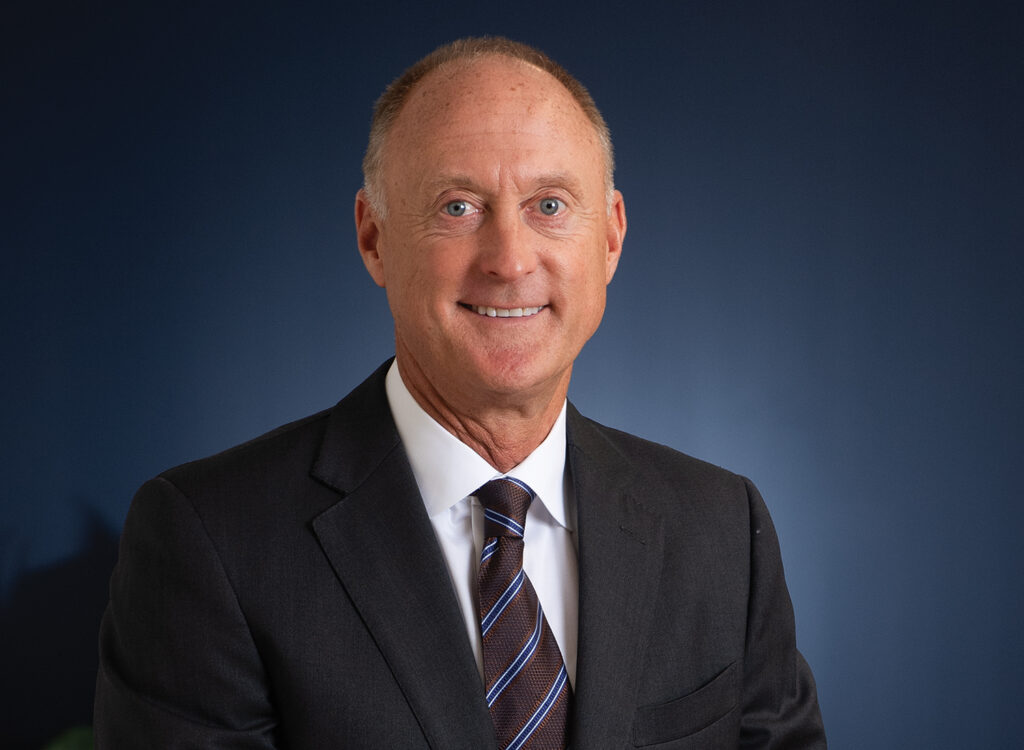The Elbert Files: Can Donald Trump be civilized?

Donald Trump is no George Washington, nor does anyone expect he will ever be anything close to the original founding father.
Still, I thought it might be amusing to consider some of the things Trump has done during the past year while reading George Washington’s “Rules of Civility & Decent Behaviour in Company and Conversation.”
Washington’s “Rules of Civility” are 110 social maxims created by 16th-century Jesuits that were hand-copied by a 14-year-old Washington. Early biographers believed the rules helped shape Washington’s public persona.
Half the rules are no longer relevant. But of those that are still applicable, I figure Trump has violated at least 50 during the past year. They include:
Rule 1: Every action done in company ought to be with some sign of respect to those present. (All Trump’s political opponents would certainly have benefited if he’d followed that rule.)
Rule 16: “Do not puff up the cheeks; loll not out the tongue, … thrust out the lips, or bite them.” (But then, what would cartoonists use to caricature Trump?)
Rule 22: Show not yourself glad at the misfortune of another. (Jeb Bush, Marco Rubio and Chris Christie, among others, would agree.)
Rule 65: Speak not injurious words. (Again, this could be applied to Trump’s comments on all competitors and several journalists.)
Rule 71: Gaze not on the marks or blemishes of others and ask how they came. (Remember Trump’s comment about Carly Fiorina’s face?)
Rule 82: Undertake not what you cannot perform. (Several situations come to mind, including Trump University, bankrupt casinos, building a wall and other campaign promises.)
I could go on, but you get the point.
There is, however, one Washington rule that appears to have been written with Trump in mind; if not the candidate, then his reality TV show persona. You know, the guy who appeared every week at the end of “The Apprentice.”
Rule 35: Let your discourse with men of business be short and comprehensive. (“You’re fired.” Need I say more?)
A hint for the market’s future?
Stock markets’ gyrations in the wake of England’s Brexit vote have been interesting, to say the least.
The Dow Jones industrials fell 870 points, nearly 5 percent, during the first two days after the vote, before rebounding and posting record highs last week.
If you’re wondering what it all means, you’re not alone.
The truth is we will never know all the factors that drive the market. But a recent newsletter by Wells Fargo economist James Paulsen sheds light on an important driver that most investors rarely consider — market expectations.
Paulsen uses a chart of something called the Bloomberg U.S. Economic Surprise Index to track investors’ expectations going back to 2000, and he overlays it on a performance chart for the S&P 500 Index.
The result is far from perfect, but an identifiable trend does emerge. When the Bloomberg index is positive, the S&P 500 Index is more likely to rise; and when it’s negative, the S&P is more likely to fall.
This sounds overly simple, and maybe it is. But if it is true, it would seem anyone who could predict when a change in expectations is coming might be able to make money by moving money from bonds into stocks or vice versa.
Paulsen thinks the change will be soon.
Bloomberg’s Economic Surprise Index has been negative since early 2015. It bottomed out last summer and has now climbed back to near zero.
Historical trends suggest the index “is highly likely to soon rise into positive territory and remain positive for a significant period,” Paulsen writes.
Of course, there are no guarantees, but it is an interesting prospect.










